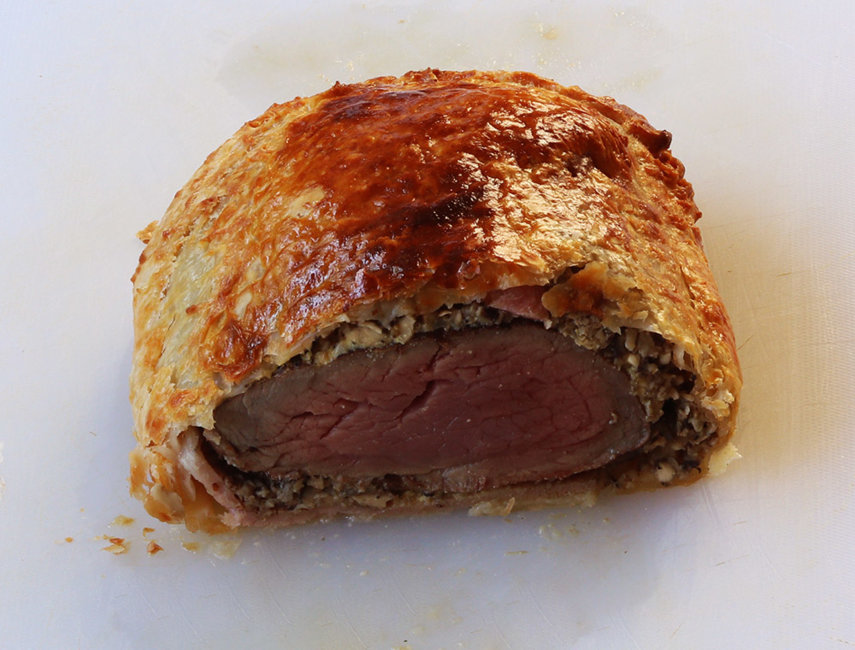I won't go to deep gastronomical debate as I'm a layman...laywoman in cooking. When finished folding, puff pastry (or as you put it, the simplest form of laminated dough) absorbs all the butter that has been folded inside unlike filo/phyllo which consists of many thin layers separated by oil or butter. I spent two summers in France (Menton, Côte D'Azur) as a teenager cooking with my French family hostess. She made a clear difference between filo/phyllo and pâte feuilletée aka puff pastry. Here is the Cordon Bleu site on puff pastry. Martha Stewart and culinarist Hank Sawtelle also make a difference between filo and puff pastry dough although the basic ingredients are the same. I didn't notice any puff pastry entries in the CookingBites Filo/phyllo pastry challenge of 2018. I'm glad that you will accomodate yourself to the will of the daunting JUDGEI got out my old notes from when I did the two patisserie courses in Paris back in the day.
There are four commonly known types of puff pastry—'half,' 'three-quarter,' 'full' and 'inverted puff. The terms describe the amount of fat to the weight of flour. 'Full' denotes equal weights of fat and flour, 'three-quarter' means three-quarter of the weight of the fat to the flour, etc. Puff pastry is the simplest form of laminated dough, with just butter folded into a basic dough of flour, water, and salt. Laminated dough is a culinary preparation consisting of many thin layers of dough separated by butter, produced by repeated folding and rolling.
Our dough is Flour , Water and Salt. We use melted butter between the layers..
Homemade Phyllo (or Filo) Dough. I of course will abide by your decision.
View: https://www.youtube.com/watch?v=I_OZgc5m9LE&ab_channel=BrunoAlbouze
 .
.
Last edited:


 Really? I honestly missed your posts during your recent short absence (and I was quite concerned due to your previous depictions of health issues). Burt darling, as much as recipes, this forum needs life and tough (tongue in cheek) negotiation.
Really? I honestly missed your posts during your recent short absence (and I was quite concerned due to your previous depictions of health issues). Burt darling, as much as recipes, this forum needs life and tough (tongue in cheek) negotiation. . Now I'll leave this thread in the use of participants.
. Now I'll leave this thread in the use of participants.